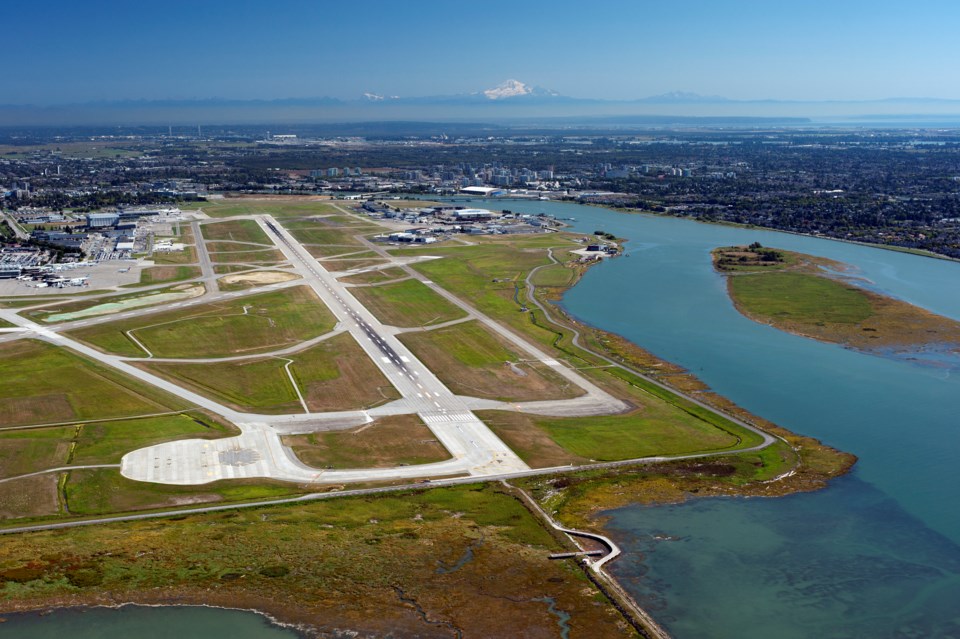Vancouver International Airport (YVR) recorded the second highest number of flights at Canadian airports in December, according to the latest data from Statistics Canada.
In December, YVR saw 18,831 flights — surpassed only by Toronto/Lester B. Pearson Airport which recorded 25,613 flights, according to the statistics agency.
December was the busiest month for air travel in 2021, with major Canadian airlines carrying 3.9 million passengers on scheduled and chartered flights.
While that is “well above” the number of passengers recorded in December 2020, it was only a little over half — 54.8 per cent — of pre-pandemic levels in December 2019, according to Statistics Canada.
In total, 22.1 million passengers travelled on these major airlines in 2021 — just over one quarter of those carried in 2019.
December also saw the highest number of international flights since the start of the pandemic — despite a surge in Omicron cases and a federal advisory to avoid non-essential travel outside of Canada, according to the statistics agency.
International traffic reached 11,908 and flights to and from the U.S. totaled 22,720.
Like passenger volumes, flights were also up overall last year compared to 2020.
In 2021, there were 4.3 million flights compared to 2020’s 3.8 million.
YVR and others in Canada don’t anticipate passenger numbers will return to pre-COVID-19 levels until 2025, according to a report that went to Vancouver city council in late January.
“We anticipate COVID-19 and its effects will endure for several years, and that the return of passenger traffic will be bumpy, slow and unpredictable,” said the report, which noted that the airport saw its “year-over-year” passenger traffic drop by 72 per cent and it expects this year to be another challenging one.
While passenger traffic is down, the shipment of cargo has been more resilient through the pandemic, with summer 2021 cargo tonnage at 83 per cent of 2019 volumes. Some of that is a result of a change in people’s shopping habits.
“The surge in online shopping and e-commerce we experienced during COVID-19 is expected to sustain, elevating demand for the movement of goods and highlighting the vulnerability of existing supply chains,” said the report.
—With files from Mike Howell/Glacier Media



